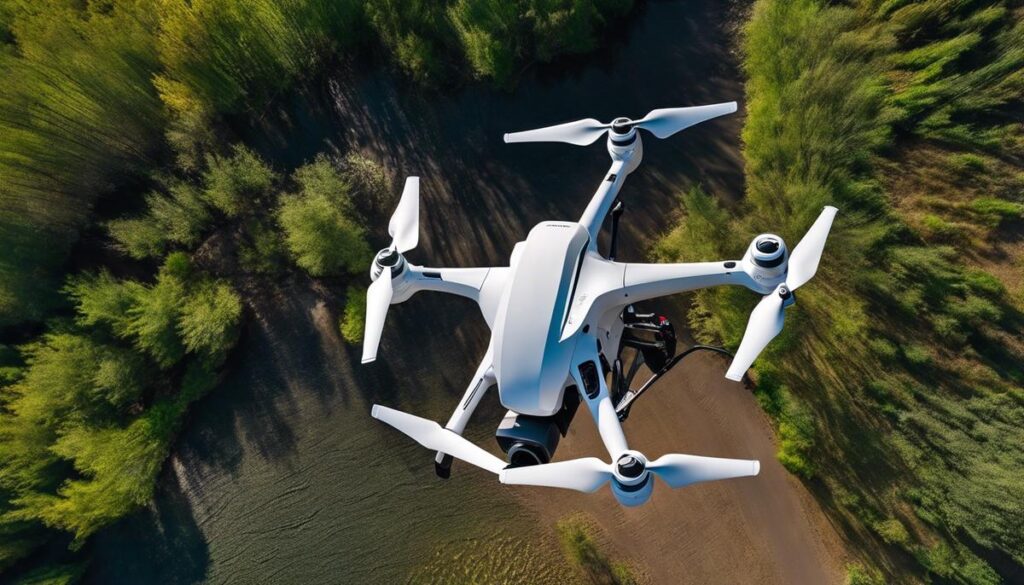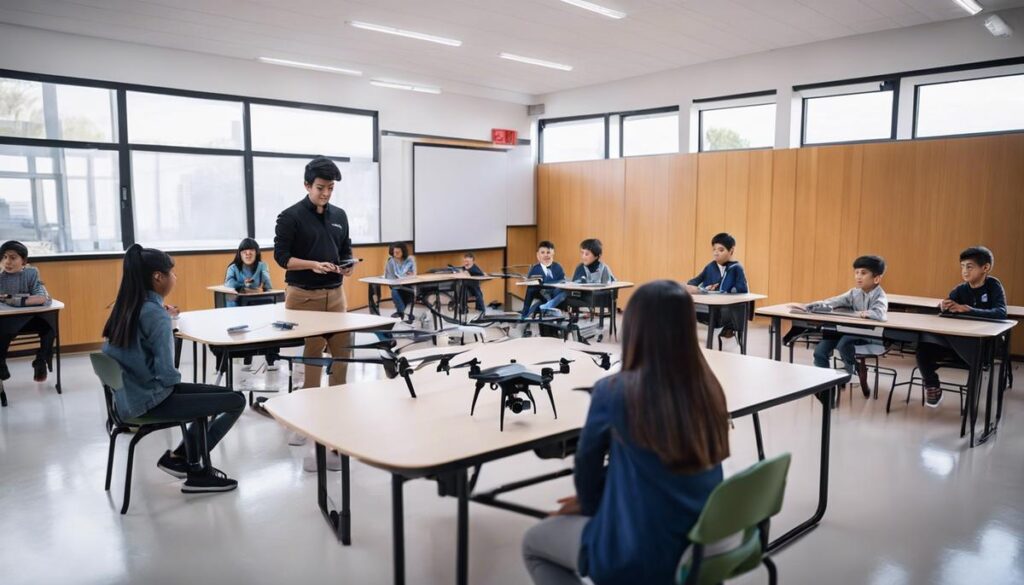Fishing enthusiasts and hobbyists have embraced the latest advancements in technology to enhance their experience out on the water. One such innovation that has taken the fishing world by storm is drone fishing. This exciting venture combines the thrill of catching fish with the cutting-edge capabilities of drone technology, creating an exceptional new way to enjoy a beloved pastime. In this essay, we delve into the exciting world of drone fishing, exploring its origins, essential features, top-rated drones, rigging methods, techniques, safety guidelines, and maintenance practices.
Understanding Drone Fishing
Drone fishing is an innovative approach to the traditional fishing method that utilizes the capabilities of drones to enhance and streamline the process. The concept of drone fishing has its roots in the early 2010s when drone enthusiasts began experimenting with attaching fishing lines and bait to their drones. As drone technology evolved, so did the tools and techniques implemented to utilize them in the fishing process.
Using a drone for fishing can significantly improve the efficiency and enjoyment of the experience. The drone’s aerial view allows anglers to scout for the perfect fishing spots and locate schools of fish with ease, eliminating the need for guesswork and fruitless trial and error fishing. This bird’s-eye view advantage helps fishermen identify fish patterns and behaviors, allowing them to optimize their bait and lure selection as well as the optimum time to cast their lines.
Drones can benefit anglers by helping them cast their lines farther and more accurately than traditional methods. This extended casting range enables fishermen to access previously unreachable fishing areas and improve their chances of reeling in a catch. Additionally, drones can be outfitted with state-of-the-art fish finders and GPS devices to increase their accuracy in finding fish and tracking specific spots, significantly enhancing the overall efficiency of the fishing experience.
Another advantage of drone fishing is its ability to minimize the environmental impact of the activity. By using drones for scouting and casting, anglers can protect fragile ecosystems and avoid disturbing the aquatic life they are attempting to catch. This modern approach to fishing allows for responsible, sustainable practices that support both the sport of fishing and the ecological systems at play.
In recent years, drone fishing has gained significant traction in the fishing industry, attracting the attention of both hobbyists and professional anglers. As drone technology continues to evolve, the capabilities of drone fishing are expected to expand even further, revolutionizing how people approach and enjoy the sport of angling. While the fundamental principles of traditional fishing remain constant, drone fishing has established itself as an innovative development in the sport, providing enthusiasts with a novel and efficient way to target and catch fish.
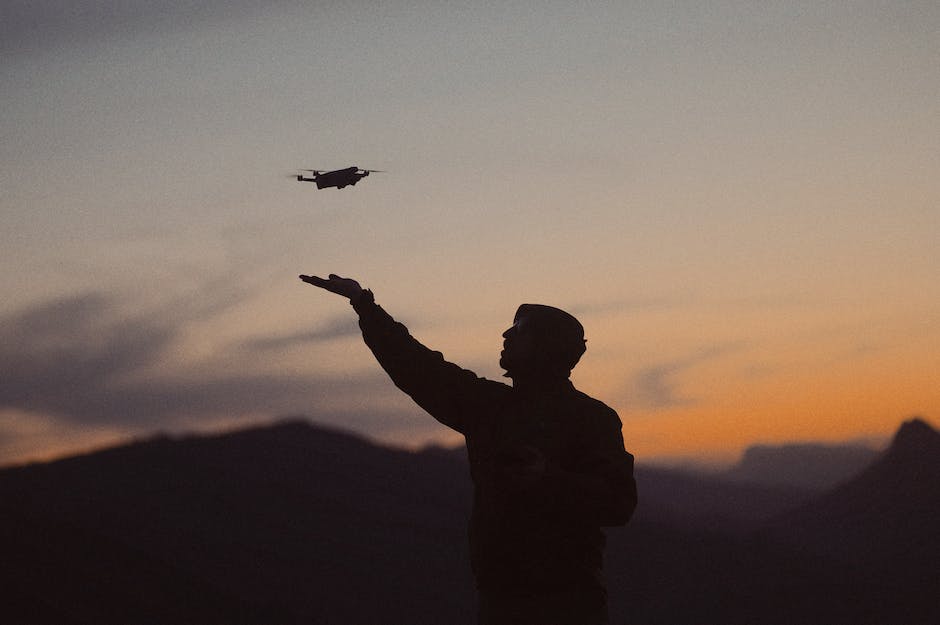
Essential Drone Features for Fishing
One vital feature that any fishing drone must have is waterproofing. Ensuring that your drone can withstand water exposure is crucial, as it will spend extended periods hovering over bodies of water. In addition, a waterproof drone provides peace of mind in cases of accidental water landings or splashes. While some drones may claim to be water-resistant, it’s essential to look for a drone with a proper waterproof rating to guarantee optimal protection when using it for fishing purposes.
Flight time is another significant factor when selecting a drone for fishing purposes. Since most fishing trips can last for hours, having a drone with extended flight time will allow you to cover more ground, and ultimately increase your chances of catching fish. Drones with longer flight times give users the opportunity to access a wider range of fishing spots that may not be reachable from the shore. A drone with a flight time of at least 20-30 minutes is ideal for providing ample opportunities to find and catch fish.
Payload capacity refers to the drone’s ability to carry additional weight, which is crucial when it comes to drone fishing. Drones with a higher payload capacity are better equipped to handle the weight of the fishing line, bait, and the potential catch. In addition, a higher payload will allow you to cast heavier lures and rigs, increasing your chances of catching larger fish species. When selecting a drone, consider the weight of your fishing gear and ensure the drone you choose can handle that weight without sacrificing performance and stability.
Capturing high-quality aerial footage or photos of your fishing spots is valuable when trying to locate fish. That is why camera quality is essential when considering a drone for fishing purposes. A drone with a high-resolution camera will help you precisely scout and assess the presence of fish, and can even confirm the species you’re trying to catch. A drone with a gimbal stabilizer is recommended, as it helps prevent shaky and blurry footage, ensuring that you have clear views of the underwater environment where fish may be hiding.
GPS functionality plays a vital role in a drone’s ability to be used for fishing. Drones with advanced GPS features, such as return-to-home capabilities, can automatically navigate back to your location with precision, ensuring your drone doesn’t get lost while flying over large bodies of water. Additionally, GPS waypoint navigation allows you to create predefined flight paths for the drone to follow, making it easier to reach multiple fishing spots quickly while maintaining a safe distance from potential hazards such as rocks or shallows.
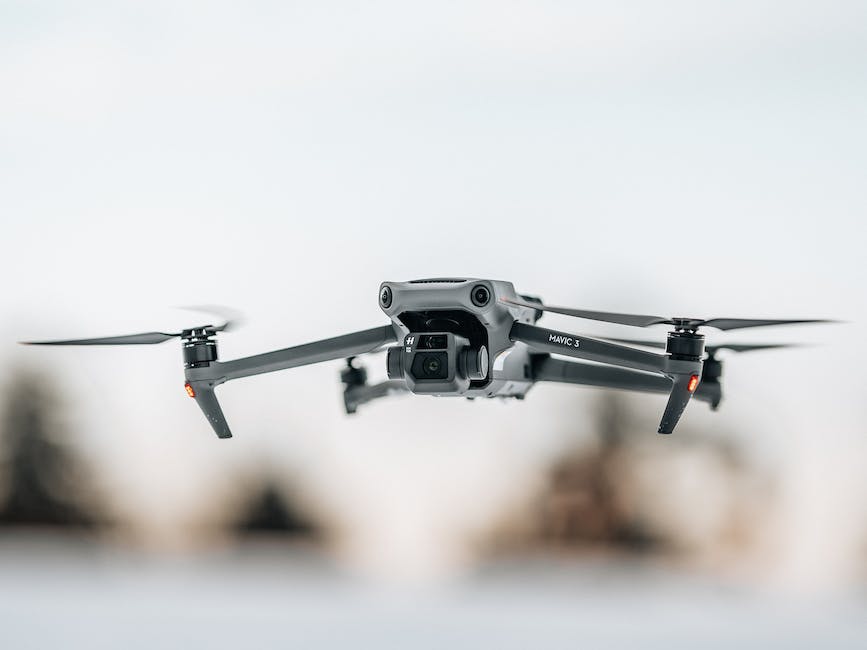
Best Drones for Fishing
The DJI Phantom 4 Pro is a top-of-the-line drone, perfect for fishing enthusiasts looking to enhance their hobby. With advanced features such as a 20-megapixel camera and an obstacle avoidance system, this drone is ideal for capturing and monitoring your fishing experience. Although the Phantom 4 Pro carries a heftier price tag, ranging from $1,500 to $1,700, its high-quality performance and durability make it a worthwhile investment. With a long battery life of approximately 30 minutes and superior image quality, this drone offers a unique perspective for capturing your fishing adventures and seamlessly connects with its advanced GPS capabilities to provide a smooth and enjoyable experience.
The SwellPro Splash Drone 3 Fisherman is another drone specifically designed with fishermen in mind. As the name suggests, this drone is waterproof and can even land and float on water, making it perfect for fishing. Its payload release mechanism allows it to carry bait and release it at a specific location, increasing the drone’s potential for successful fishing. While it does come with a slightly hefty price tag of around $1,600, its unique features and unmatched waterproof capability make it a popular choice amongst fishing enthusiasts. The primary drawback of the SwellPro Splash Drone 3 Fisherman is its camera quality, which at 4k may be lower quality compared to other drones on the market.The Autel Robotics EVO II is an excellent alternative for those looking for a more budget-friendly fishing drone. The EVO II comes with a 48MP camera and an 8K video resolution, providing high-quality images and footage during your fishing trips. Priced at around $1,500, this drone packs several impressive features such as a 40-minute flight time and a 5.5-mile range. However, the Autel Robotics EVO II is not waterproof and lacks a dedicated payload release mechanism, making it slightly less suitable for fishing enthusiasts compared to other options.For those who prioritize portability, the DJI Mavic Air 2 is a great contender in the world of fishing drones. With its compact size and foldable design, the Mavic Air 2 allows for easy transportation during fishing trips. Despite its smaller size, it still delivers powerful performance with a 4k camera that can capture high-quality videos and pictures. Additionally, the drone boasts a 34-minute flight time and a 6.2-mile range. Priced at a relatively affordable $800, the DJI Mavic Air 2 is an excellent choice for those with limited budgets. Unfortunately, it is not waterproof and does not have a payload release system, so carrying and dropping bait may be challenging.Lastly, the PowerVision PowerRay is a unique drone designed for underwater exploration and is perfect for fishing enthusiasts wanting to study aquatic environments. As an underwater drone, the PowerRay can submerge up to 98 feet underwater and has a built-in fish finder to locate fish, giving you the edge you need on your fishing excursions. While it does come at a higher price point, around $1,900, its unique underwater capabilities make it a worthy investment for the avid fisherman. However, some downsides to the PowerRay include its inability to fly and its limited application outside of a fishing environment.

How to Rig Your Drone for Fishing
Given the popularity of drone fishing in recent years, technology advances and hobbyists are continually finding new uses for drones in this field. To rig a drone for fishing, you need a few essential pieces of equipment, such as a capable drone, a release system, a fishing rig, and bait. A high-quality drone with a stable GPS and decent payload capacity is necessary to carry your bait and line out to the desired location without losing control or getting tangled in the process. With the right equipment and drone like the PowerRay, you can enhance your fishing experience and increase your chances of a successful catch.
To attach your fishing rig to the drone, you’ll first need to choose a release mechanism. There are several options available, including manual release methods such as tying the fishing line to the landing gear or using a carabiner, which can be released by turning the drone. However, these methods can be less reliable, which is why electronic release mechanisms have become popular. Devices such as the Gannet or Sky Rigger are designed specifically for drone fishing and allow for a more accurate and controlled release.
Once the release system is in place, the next step is to select a suitable fishing rig. The type of rig used depends on the targeted fish species, local conditions, and personal preference. Some popular rigs for drone fishing include the paternoster rig (a common bottom-fishing rig with one or two hooks), the sliding-sinker rig (ideal for natural bait presentations), and the popper rig (designed for surface fishing with artificial lures). Regardless of which rig you choose, make sure it is securely attached to the release mechanism and won’t get tangled in the drone’s propellers.
One crucial aspect to consider when rigging a drone for fishing is the weight capacity of the drone itself. Be mindful not to exceed the drone’s maximum payload, as this may lead to instability and failure during flight. To ensure your drone is capable of carrying the necessary weight, it is essential to test flights with the fishing gear attached in a safe environment before venturing out on the water.
Drone fishing has become a popular hobby for fishing enthusiasts, as it offers unique techniques and strategies that can enhance your overall angling experience. When rigging a drone for fishing, it is also necessary to consider any additional equipment that may improve the overall experience.
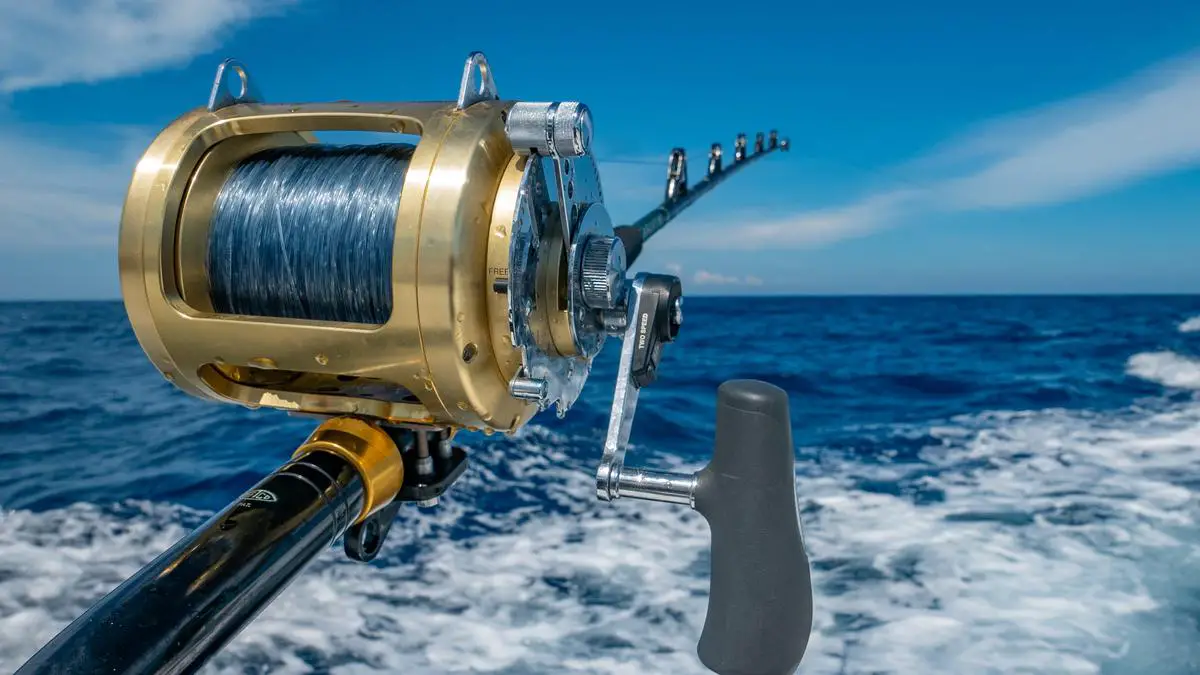
Drone Fishing Techniques
For example, a gimbal-mounted camera can be used to identify potential fishing hotspots from above, increasing the chances of success. Another useful tool for drone fishing is a fish finder, which can be attached to the drone to provide valuable information on fish depth, location, and movement trends. By combining these technologies with a properly rigged drone, hobbyists can revolutionize their fishing experience and increase their chances of landing impressive catches.
One of the key methods employed in drone fishing is bait dropping, wherein a drone is used to transport and release bait in the desired location. This allows for precision placement of bait in hard-to-reach or distant areas while also attracting fish to specific spots away from your boat or the shore.
Another helpful technique that drone fishing offers is fish locating. By using a drone equipped with a high-resolution camera, you can gain a bird’s-eye view of the water, allowing you to spot schools of fish, locate baitfish activity, and identify underwater structures that may be hiding prime fishing targets. This aerial perspective provides valuable information that can greatly increase your fishing success.
In addition to bait dropping and fish locating, line casting is another valuable method in drone fishing. Casting a line from a drone can help you reach farther distances, as well as accessing hard-to-reach spots such as around obstacles, under bridges, and past breakwalls.
Aside from the various techniques, there are also some tips and tricks that can optimize your drone fishing experience. One valuable tip is to invest in quality drone fishing gear, such as a waterproof drone, high-quality camera, and a specialized release mechanism.
As an enthusiast or hobbyist looking to become skilled in drone fishing, safety should always be the primary focus. It is important to be aware of your surroundings and follow local fishing regulations as well as drone flight rules in your area. Pay close attention to weather conditions, particularly strong winds and rain, as they can affect your drone’s stability and flight performance. By mastering these safety precautions, techniques, and strategies, you can successfully overcome the challenges of drone fishing and enhance your chances of catching fish using this innovative method.
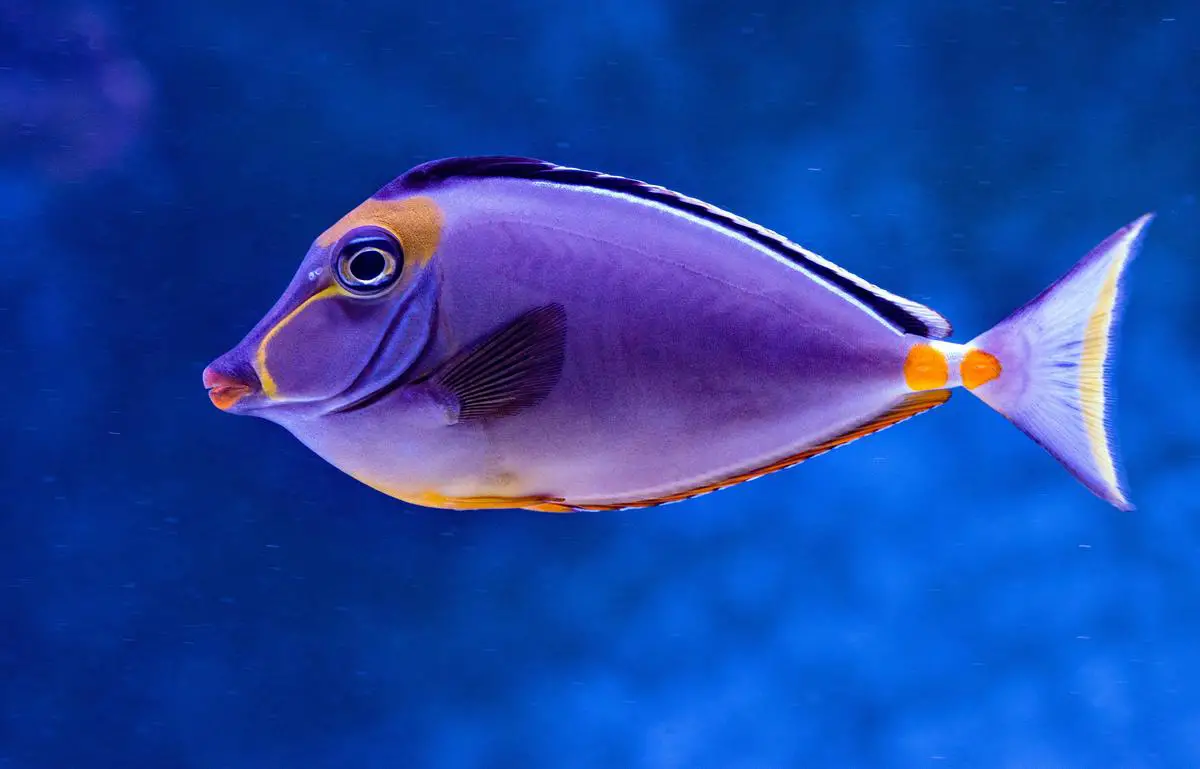
Photo by davidclode on Unsplash
Safety and Regulations
Understanding the safety guidelines and regulations surrounding drone fishing is not only crucial for a secure and enjoyable experience, but it also ensures that you comply with local and federal laws. For enthusiasts and hobbyists who are eager to use drones for catching fish, being knowledgeable about these rules and guidelines will enable a seamless and successful integration of this modern technology into their fishing adventures.
In the United States, the Federal Aviation Administration (FAA) enforces drone regulations, while other countries may have their own governing bodies for drone usage. Before taking your drone fishing, it’s essential to register your drone with the appropriate agency, and research local regulations in the area where you plan to fish. Some locations, such as national parks or wildlife reserves, may have restrictions on drone usage or specific permits required for drone fishing. It’s also important to check with local fish and wildlife agencies to ensure that using a drone for fishing is allowed and that you have the proper fishing licenses in place.Adhering to drone fishing best practices ensures a safe experience for everyone involved. This includes maintaining a line of sight with your drone at all times, and staying under the altitude restrictions set by your country’s governing aviation body, such as the FAA in the United States. Additionally, flying your drone during daylight hours and in appropriate weather conditions is strongly recommended.Drone fishing also carries unique challenges and hazards, so it’s important to take additional safety precautions when operating your drone in this manner. Keeping a safe distance from other fishermen, boats, and wildlife is key to preventing accidents and disturbances, as well as avoiding areas with heavy vegetation or obstacles that could entangle your drone. Ensuring that your drone is equipped with the proper fishing gear, such as a release mechanism for the fishing line, can minimize the risk of damage to your drone and the environment.Finally, learning about your drone’s capabilities, limitations, and emergency procedures can significantly enhance the chances of a successful drone fishing experience. Knowing how to react to a sudden loss of signal or a low battery warning can help avoid expensive accidents, while understanding your drone’s weight and line capacity can prevent overloading or unnecessary strain on the equipment. By combining knowledge of these regulations and precautions with a passion for fishing and drone technology, enthusiasts and hobbyists can safely and responsibly explore the exciting possibilities of drone fishing.
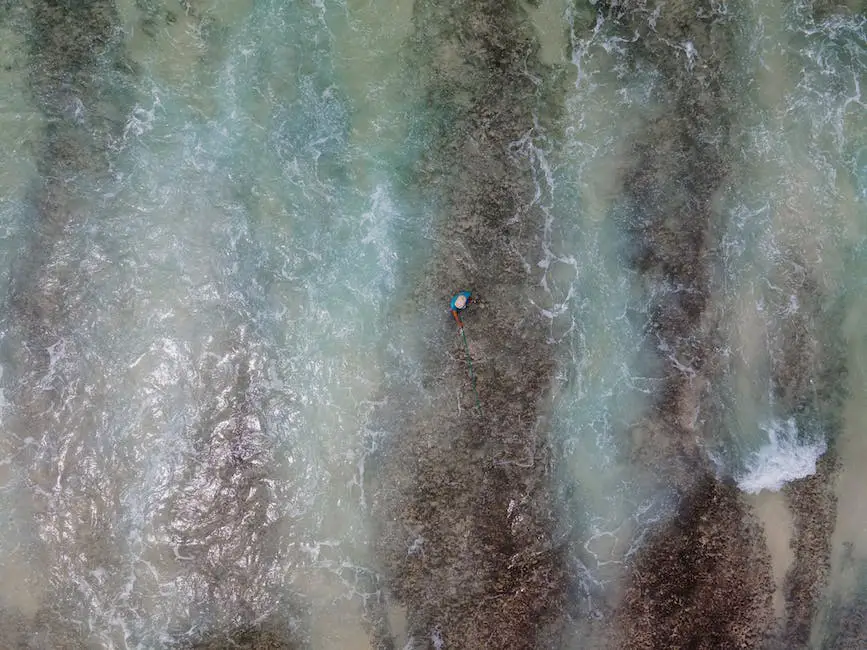
Drone Maintenance and Care
Drones are swiftly gaining popularity in the angling world, serving as an invaluable tool to survey fishing areas, drop lines, and even occasionally catch fish themselves. As a drone fishing aficionado or hobbyist, it’s critical to understand and practice proper maintenance and care to ensure a long-lasting and trouble-free drone experience. Harsh fishing environments may expose your drone to elements like saltwater, sand, and moisture, which can result in damage if not managed correctly.One crucial aspect of maintaining your fishing drone is cleaning it after every use. Exposure to saltwater and sand may lead to corrosion and wear of vital components. Thoroughly rinse the drone with fresh water to remove any salt and dirt, and use a soft brush or cloth to clean the parts gently. The propellers, motors, and electronics should be given special attention to prevent debris buildup and possible issues. Remember to disconnect the battery and remove any peripherals before cleaning. Allow the drone to air dry completely before storing or using it again.Proper storage of your fishing drone will help to prolong its life and ensure it functions optimally. It is essential to store it in a cool, dry place, away from direct sunlight and humidity. Invest in a durable and waterproof carrying case specifically designed for drones, as this will protect from possible dust, moisture and accidental damage during storage or transport. To prevent battery degradation, store the battery in a safe place at about 50% charge and check on it regularly. If not planning to use the drone for an extended period, remove the propellers and other peripherals to prevent unnecessary strain on the components.Regularly inspect your fishing drone for potential issues and wear before and after each session. Check for any loose or damaged propellers, ensure that the motors are spinning freely, and look for any wear or damage to the electronics. Take note of any changes in the drone’s performance during flights, as this may indicate that your drone requires maintenance or repair. Timely address any issues that are discovered to prevent further damage or costly repairs in the future.Proper calibration of your drone’s components and software is crucial for maintaining accurate and stable flight. Check the drone user manual or consult online resources for model-specific instructions on calibration procedures. Regularly update the drone’s firmware to ensure that it has the latest features and performance improvements. It might be useful to practice a pre-flight routines that include checks on the drone’s GPS, IMU, and compass, ensuring the stability and safety of your flights. Besides, learn about the drone’s safety features such as return-to-home functions, so you’re prepared if you’re faced with emergencies or unexpected situations while fishing.

Photo by peter_mc_greats on Unsplash
Drone fishing has opened up new possibilities and techniques for fishing enthusiasts to enjoy their passion. By carefully selecting the perfect drone with the right features, following safety guidelines, and employing the proper techniques, anglers can now maximize their fishing experience and harness the power of technology to get the upper hand in their quests for the catch of the day. With proper care and maintenance, your fishing drone can become a long-lasting and reliable tool for an unforgettable fishing adventure.
Originally posted 2023-05-27 05:51:32.

